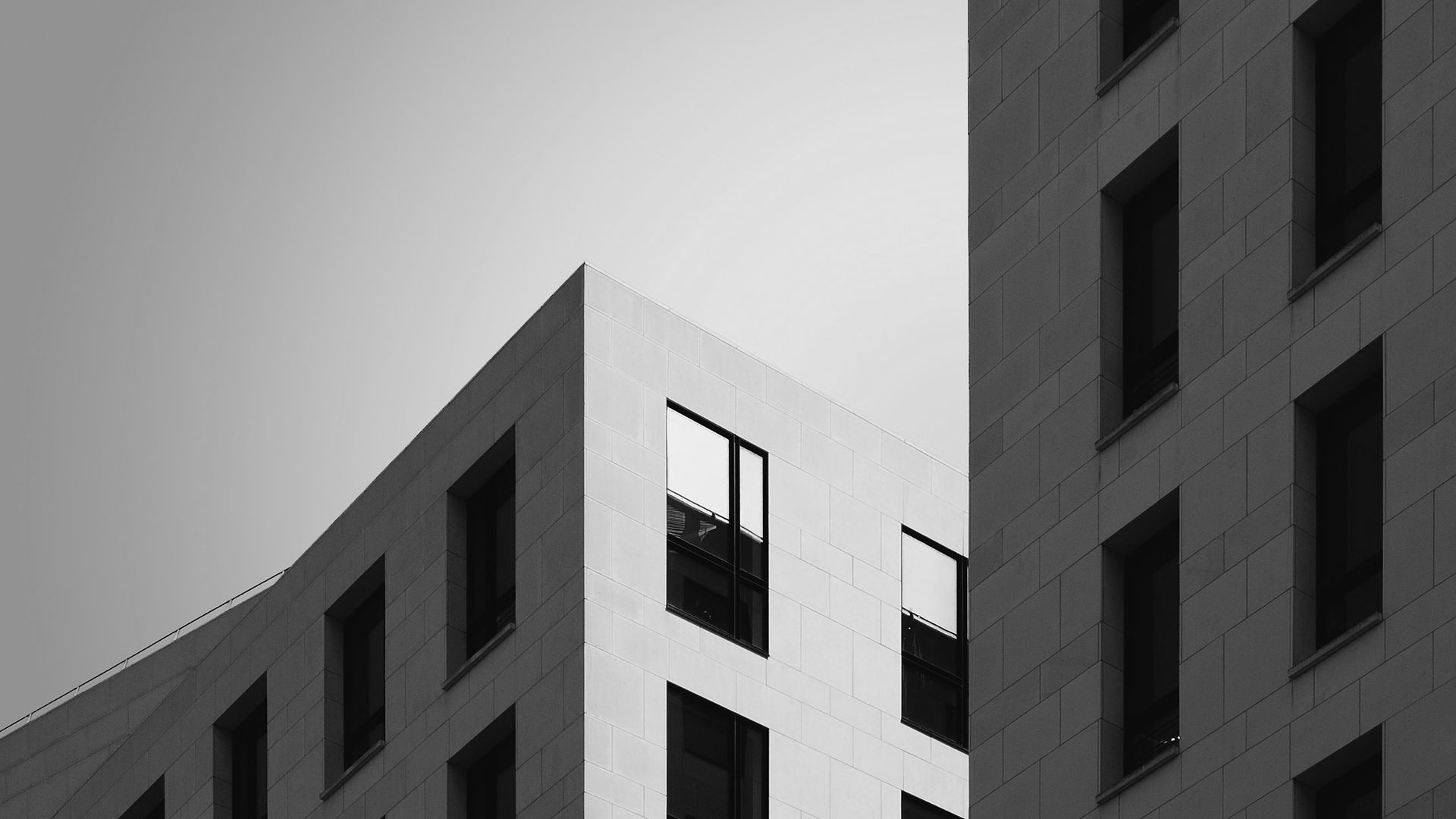
Task A
The main concept for this task is to explore different possibilities of light and spatial quality through digital iteration process, which is detailed shown in matrix on this page. Exploration for both of the concepts is reflected through a focused on the relationship between solid and void. Because I believe the contradiction between certain positive and negative space is the main criteria on creating various lighting and spatial effect.
Grasshopper has highly used to generate basic geometries and efficiently create further changes based on that by structurally parameterizing each part of the geometries. This process requires a clear understanding of data structure and logic to build up the script.
Two workshops has taken to build up the basic knowledges of grasshopper for this task. The frst one covers the basic understanding of data structure, grid creation and geometry generation.

The second one covers point attractor, growth, aggregation and condition.

Three final iteration has been chosen from the matrix, which has illustrated the concept of light and spatial quality in various ways. Besides that, several minor concepts are reflected on each models individually.
Sectional isometric drawings are also produced as a diagram to show more detail on space arrangement.


- unique sculptural form
- layers of geometries/space
- light through the overhead holes, as well as linear openings
- circulation happening varying with the scale
iteration 1


- different to iteration 1, this one is with soft edge
- boolean difference: large area of voids at the center
- circulation inside the model
- light through overhead holes


iteration 2
- light through overhead opening at the center
- hard edge shadow on soft edge solid surface
- circulation around model
- cantilever of geometries create layers of space
iteration 3
The chosen models all demonstrate different kinds of light effect, not only focusing on creating overall shadows on the ground, but also considering the possibilities of geometries casting shadows on other connected solids.
Through my iteration process, I’ve mainly experiment with two basic shapes, to contrast and see how hard edges and soft edges influence overall spatial quality and light effect. The iteration also helps me to figure out the main thing to cause shape of opening, the void control. Furthermore, an experiment on creating holes to the original gemetry was made, then using conditions and point attractors to further change the level of openness of the holes to create different effect.

Scale tset
The top image has test this model in a small scale- pen container. Such effect has created by control the density and transformation of the simple geometry.
A different possibilities has also tested- medium scale structure. This has applied a different orientation. Openings would allow light go through which frames the view. People could circulate around or stay in a short peroid of time
When first looking at this model, there is a potential of threshold and circulation ideas poping up. Also, a contrast between dynamic to static at some points around the model has demonstrated. Therefore, I’ve decided to test this geometry in a pavilion scale (might a little larger). Such space is mainly created by boolean difference, where original solid become completely void at the center allowing circulation happening


Because there is large volume of solid, a medium or high scale with functional use might suit. In this case I’ve tested it in two different scales- a seat with potential static point for people to stay, and a large, sculptural structure allow people to circulate around.
(please have a look at the light and shadows shown on this page as this is one of the criteria that I am aiming to during exploration)
Towards physical: prepare 3d printing files
In this project, because of COVID-19, we don't need to physically print out the model, but exercises on preparing the 3d printing files with suitable setting and required file name were done.
The image below is the files that are required submiting to MSD Nextlab in order to get 3d print.


We use makerbot for 3d printing. Time and materials could be estimated in makerbot software when preparing the files. Those information will need to be reflected on the file names shown above.
Problems on my models:
- there are large area of voids especially for the second model
- the original orientation takes plenty of time to print
- from the thickness analysis, the second model has large area of egdes appear in red, visually, they are really thin
Basic solution:
- apply support in 3d print preset, and carefully edit the support angle
- find the best orientation for each model which has large surface area touching the ground
- the thin corners or edges will be hard to 3d print and construct in reality, using planes or surfaces to cut and add thickness to the edge, so that it is easy to print
Additional information:
- check the meshes and close surfaces of the model
- apply .stl file to the maker bot
- preset the layer thickness depends on the material used
- preset the support material and min. support angle